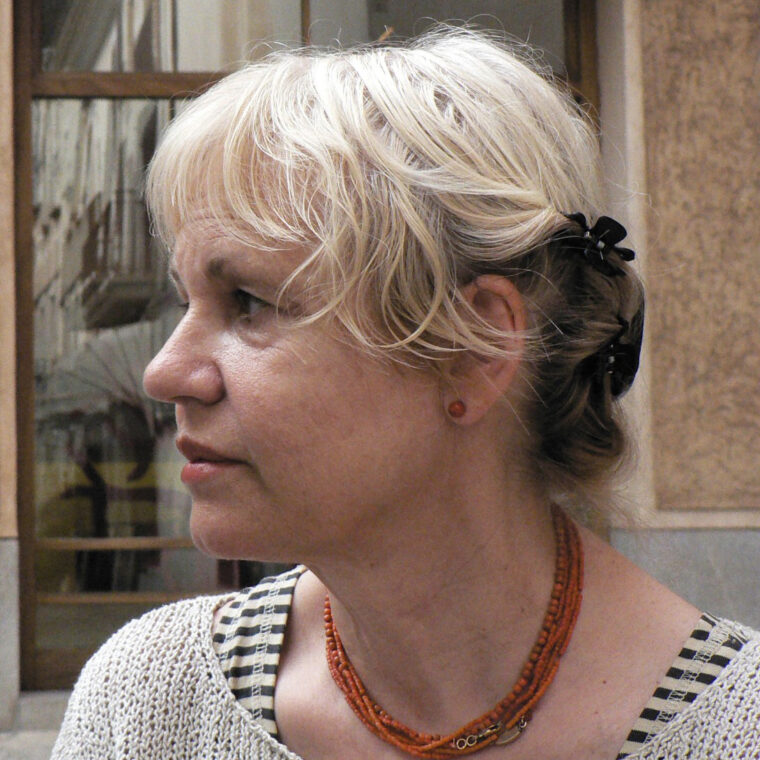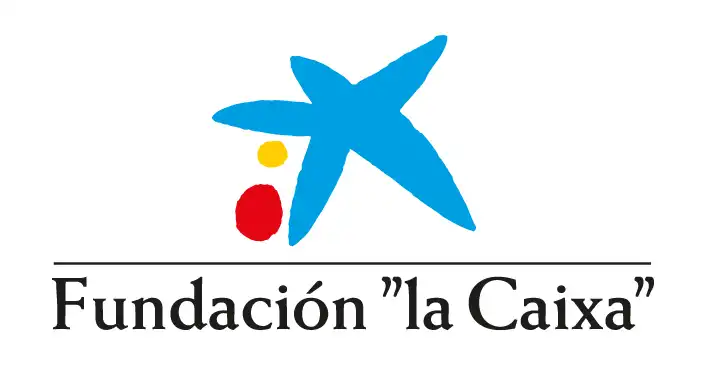Eva Lootz studied philosophy and visual arts in Vienna and graduated in film and television directing there. In the late seventies she moved to Spain, where she has pursued her career as an artist. In 1994 she won the National Visual Arts Prize awarded by the Spanish ministry of culture, in 2009 the Tomás Francisco Prieto prize from the Real Casa de la Moneda, in 2010 the MAV Women in the Visual Arts prize, in 2013 Fundación Arte y Mecenazgo prize and in 2014 the José González de la Peña, Barón de Forna, prize awarded by the Real Academia de San Fernando.
She belongs to the generation of artists who shook up the sculpture scene in the seventies and eighties through approaches that prioritised literalness and the work process, placing her close to the post-minimal current.
Right from the start of her career she has been interested in the physical features of the materials she uses, as well as the sciences revolving around them, metallurgy, hydraulics or mining, the effect these things have on landscape and history and mark they have made on language.
In the second half of the eighties her research centred on language and the way it encodes reality. In the early nineties, she alternated installations for specific venues (Arenas giróvagas, Nudos, Ellas, A Farewell to Isaac Newton, etc.) with objectual pieces (glasses, shoes, knots, languages, hoods and so on).
In 1994 she had her first photographic exhibition – “Pequeño teatro de derivas”. In the second half of the seventies the stage sense of her works was accentuated and sand, as a symbol of collapse and loss, became one of her favourite materials.
From “La madre se agita” (Valencia, 1997) she incorporated sound into some of her installations (“Voces”, “Tu y yo II”, “La lengua de los pájaros”, Palacio de Cristal del Retiro, Museo Nacional Centro de Arte Reina Sofía, 2002) and made a series of videos: “Viajes de arena”, “El Casting”, “La postal”, “Blind Spot”, “No es más que un pequeño agujero en mi pecho”, “Water Meditation”, “A veces, después de la lluvia”, “Mil veces, sin importarle el tiempo…”, and “Entre manos”
In the nineties she explored issues related to feminine subjectivity and reflection about the status of the image in the digital age.
From 2005 she considered the rivers of the Iberian peninsula and in 2009 she presented her digital sculptures at La Casa Encendida. In 2016 she created “La canción de la tierra” at Tabacalera Madrid and“Cut Through the Fog” at C.G.A.C. Santiago de Compostela.
Highlights among her most recent projects include “Binomio, diálogo entre arte y ciencia”, together with Margarita Salas (CNIO, 2018), the installation “Fonts vives” in the church/museum of Pollença (July 2019) and the exhibition “El reverso de los monumentos y la agonía de las lenguas” (Museo Patio Herreriano & Museo Nacional de Escultura, Valladolid 2020)
She lectured in the faculty of fine arts in Cuenca for eight years and has given courses and lectures in faculties of fine arts in Spain, Sweden, the United States and Chile.





